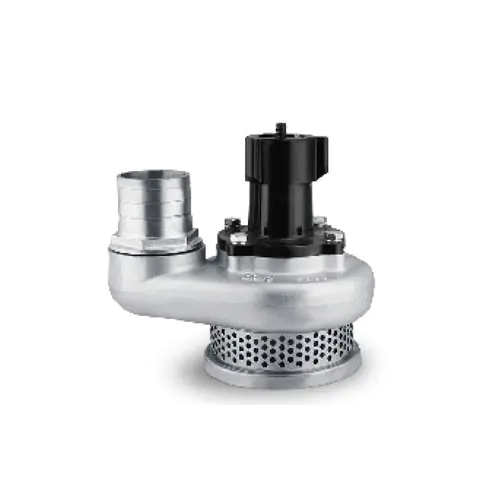The industrial landscape is witnessing a significant transformation driven by substantial advancements in feeder vibrator technology, those essential devices responsible for regulating and facilitating the movement of bulk materials in countless processing and packaging operations. These sophisticated systems are undergoing continuous refinement, emerging as smarter, more efficient, and remarkably reliable components that are fundamentally enhancing productivity and operational consistency in diverse industrial settings. The ongoing evolution of the common feeder vibrator represents a critical development in the broader pursuit of industrial automation and process optimization, promising considerable gains for businesses focused on improving their bottom line.
Fundamentally, the role of a feeder vibrator is to generate controlled, mechanical vibrations that prompt a consistent and measured flow of materials from a storage container, such as a hopper or a silo, onto a conveyor belt or directly into a subsequent phase of the manufacturing sequence. This controlled movement is vital for maintaining uninterrupted production, effectively preventing problematic material blockages or arching, and guaranteeing a steady, predictable supply of substances to the production line. The specific performance and calibration of each feeder vibrator unit directly influences overall throughput, final product quality, and long-term operational expenditures, making its technological progress a high-priority area for industrial engineers and plant managers seeking a competitive advantage.
A primary area of notable innovation within this field involves the integration of highly advanced electronic control systems. Contemporary feeder vibrator designs now frequently incorporate precision variable-frequency drives and offer operators granular control over vibration amplitude. This enhanced programmability allows for meticulous adjustment of the feed rate and vibration intensity to superbly match the unique physical characteristics of the material being processed. Whether handling delicate, flaky food products, heavy and abrasive metallic ores, or fine, cohesive chemical powders, this predominant level of control from a modern feeder vibrator significantly reduces material damage, spoilage, and overall waste while simultaneously ensuring ideal processing speed and efficiency for the given application.

Furthermore, a strong and persistent emphasis on improving energy consumption has become a hallmark of next-generation feeder vibrator development. Manufacturers are actively engineering new systems that deliver powerful, effective material propulsion while simultaneously drawing less electrical power from the grid. These efficiency improvements are largely accomplished through the implementation of optimized electromagnetic circuits, the use of high-grade materials, and refined mechanical designs that collectively less energy losses through heat and sound. For large industrial facilities that may operate dozens, or even hundreds, of feeder vibrator units continuously throughout the day, these incremental efficiency gains can accumulate into substantial reductions in monthly energy costs and a demonstrably smaller environmental impact for the entire operation.
Prospective developments on the horizon suggest that the integration of intelligent IoT sensors and seamless data connectivity will undoubtedly define the future trajectory of feeder vibrator technology. The emerging capability to continuously monitor real-time performance metrics, accurately predict maintenance requirements through data analytics, and effortlessly synchronize operations with overarching industrial control networks will further elevate the functional role of the feeder vibrator. It is transitioning from a simple, standalone vibrating component into an intelligent, data-generating node within a fully interconnected and optimized smart factory ecosystem. This relentless pace of innovation continually reinforces the vital, strategic importance of the feeder vibrator in constructing more efficient, resilient, and economically sustainable industrial operations for the future.

 英语
英语 葡萄牙语
葡萄牙语 西班牙语
西班牙语 русский
русский







 Tel: + 86-576-86320988
Tel: + 86-576-86320988
 Fax: + 86-576-86333217
Fax: + 86-576-86333217
 E-mail:
E-mail:  Add: Dayangcheng Industrial Zone, daxi, wenling, zhejiang, china
Add: Dayangcheng Industrial Zone, daxi, wenling, zhejiang, china
